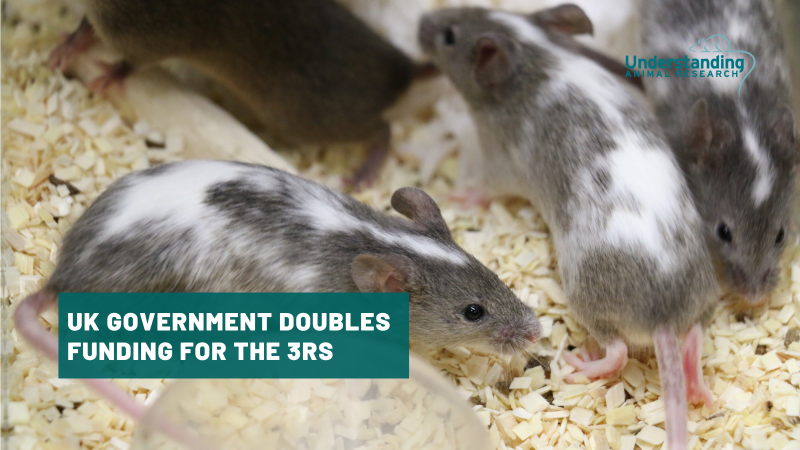How is animal suffering reduced during procedures?
The welfare of the animals used in research is extremely important. Efforts are made to minimise the pain or distress experienced by laboratory animals. This is both ethically important, and important for the outcomes of the research. Reducing the suffering and distress experienced by laboratory animals can increase the reliability and validity of experimental results.
The National Centre for the Replacement, Refinement and Reduction of Animals in Research (NC3Rs) funds research into ways to reduce the need for animals in research.
Adopting best practice for commonly used procedures, such as injections, blood sampling and surgeries, can enormously improve animal welfare. Procedures With Care, a collaboration between the NC3Rs, the Institute of Animal Technology and Newcastle University, has produced excellent videos illustrating best practice during common animal procedures.
This video shows an interview with an animal care technician. She describes the work that she does to look after animals in a research facility and the importance of proper animal care.
Humane killing
When a procedure is over, researchers will often need to conduct post-mortem examinations of animals as part of their studies. This can include examining organs or taking tissue samples for further study.
After some procedures, it may be necessary to kill the animal to prevent further suffering. The person who conducted the procedure must ensure that the animal is killed in a competent and humane way.
Schedule 1 to the Animals (Scientific Procedures) Act 1986 lists the appropriate methods that can be used.
- Anaesthetic overdose
- Exposure to carbon dioxide gas
- Dislocation of the neck
- Concussion followed by the destruction of the brain
- Destruction of the brain by a free bullet (for hoofed animals only)
Methods of killing that are not covered by Schedule 1 require additional licences to perform.
For example, decapitation can only be used on mice and rats in exceptional circumstances. If a researcher needs to collect a large volume of blood that has not been affected by carbon dioxide or anaesthetic exposure, they may decapitate the animal and collect blood directly from the trunk.
It is important that animals are killed quickly and humanely with the least possible suffering, and scientists are constantly re-assessing the methods that are used.
For example, there is much debate surrounding the use of carbon dioxide for killing laboratory animals, with many believing that it is less humane than other Schedule 1 methods. At certain concentrations, carbon dioxide can cause rodents pain and distress. A consensus meeting at the University of Newcastle in 2006 examined the problems associated with carbon dioxide killing, outlined best practice for the use of carbon dioxide, and considered more humane alternatives. The report can be read here.



